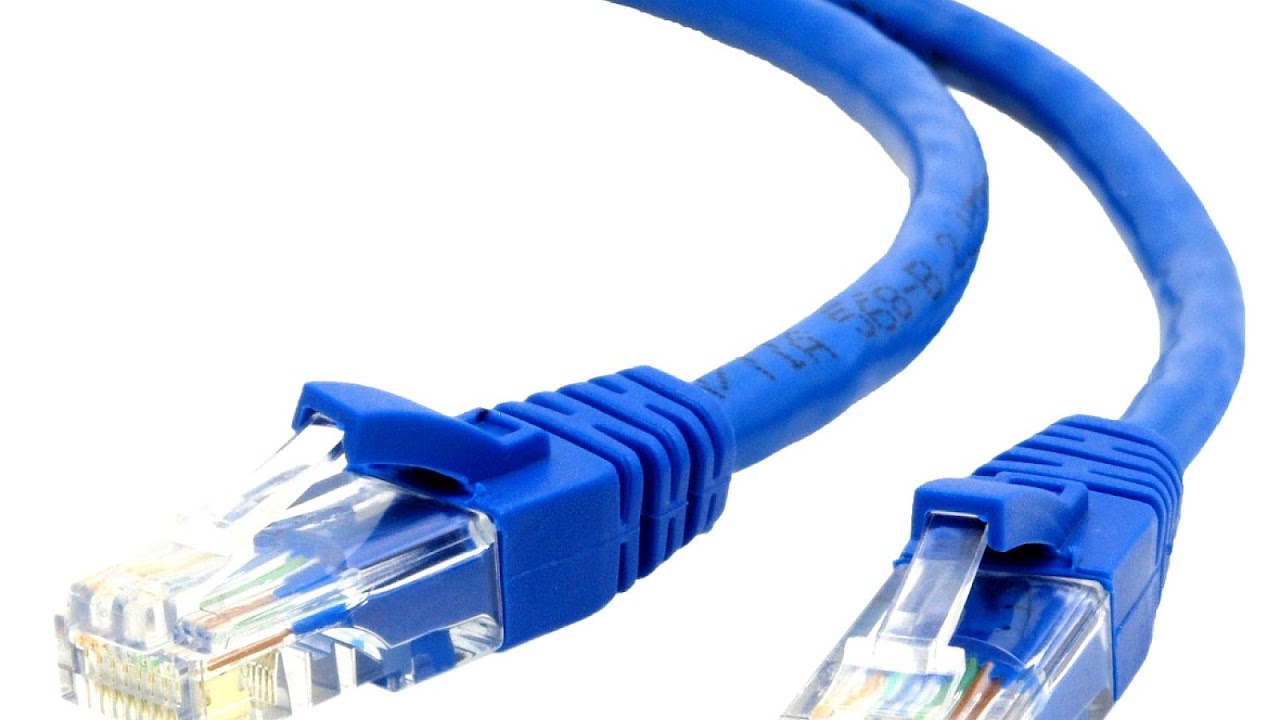
Category 5 cable, commonly referred to as Cat 5, is a twisted pair cable for computer networks. The cable standard provides performance of up to 100 MHz and is suitable for most varieties of Ethernet over twisted pair. Cat 5 is also used to carry other signals such as telephony and video.
This cable is commonly connected using punch-down blocks and modular connectors. Most Category 5 cables are unshielded, relying on the balanced line twisted pair design and differential signaling for noise rejection.
The category 5 was deprecated in 2001 and superseded by the Category 5e specification. Category 6 cable offers improved performance compared to category 5 or 5e.

Maps, Directions, and Place Reviews
Cable standard
The specification for category 5 cable was defined in ANSI/TIA/EIA-568-A, with clarification in TSB-95. These documents specify performance characteristics and test requirements for frequencies up to 100 MHz.
The cable is available in both stranded and solid conductor forms. The stranded form is more flexible and withstands more bending without breaking. Permanent wiring (for example, the wiring inside the wall that connects a wall socket to a central patch panel) is solid-core, while patch cables (for example, the movable cable that plugs into the wall socket on one end and a computer on the other) are stranded.
The specific category of cable in use can be identified by the printing on the side of the cable.
Cat 5 Cable Video
Termination
Cable types, connector types and cabling topologies are defined by TIA/EIA-568-B. Nearly always, 8P8C modular connectors (often referred to as RJ45 connectors) are used for connecting category 5 cable. The cable is terminated in either the T568A scheme or the T568B scheme. The two schemes work equally well and may be mixed in an installation so long as the same scheme is used on both ends of each cable.
The use of balanced lines helps preserve a high signal-to-noise ratio despite interference from both external sources and crosstalk from other pairs.

Variants and comparisons
The category 5e specification improves upon the category 5 specification by revising and introducing new specifications to further mitigate the amount of crosstalk. The bandwidth (100 MHz) and physical construction are the same between the two, and most Cat 5 cables actually meet Cat 5e specifications, though they are not specifically certified as such. The category 5 was deprecated in 2001 and superseded by the category 5e specification.
The category 6 specification improves upon the category 5e specification by improving frequency response and further reducing crosstalk. The improved performance of Cat 6 provides 250 MHz bandwidth and supports 10GBASE-T (10-Gigabit Ethernet).

Applications
This type of cable is used in structured cabling for computer networks such as Ethernet over twisted pair. The cable standard provides performance of up to 100 MHz and is suitable for 10BASE-T, 100BASE-TX (Fast Ethernet), and 1000BASE-T (Gigabit Ethernet). 10BASE-T and 100BASE-TX Ethernet connections require two wire pairs. 1000BASE-T Ethernet connections require four wire pairs. Through the use of power over Ethernet (PoE), up to 25 watts of power can be carried over the cable in addition to Ethernet data.
Cat 5 is also used to carry other signals such as telephony and video.
In some cases, multiple signals can be carried on a single cable; Cat 5 can carry two conventional telephone lines as well as 100BASE-TX in a single cable. The USOC/RJ-61 wiring standard may be used in multi-line telephone connections.
Various schemes exist for transporting both analog and digital video over the cable. HDBaseT (10.2 Gbit/s) is one such scheme.

Characteristics
Insulation
Outer insulation is typically polyvinyl chloride (PVC) or low smoke zero halogen (LSOH).
Bending radius
Most Category 5 cables can be bent at any radius exceeding approximately four times the outside diameter of the cable.
Maximum cable segment length
The maximum length for a cable segment is 100 m per TIA/EIA 568-5-A. If longer runs are required, the use of active hardware such as a repeater or switch is necessary. The specifications for 10BASE-T networking specify a 100-meter length between active devices. This allows for 90 meters of solid-core permanent wiring, two connectors and two stranded patch cables of 5 meters, one at each end.
Conductors
Since 1995, solid-conductor UTP cables for backbone cabling is required to be no thicker than 22 American Wire Gauge (AWG) and no thinner than 24 AWG, or 26 AWG for shorter-distance cabling. This standard has been retained with the 2009 revision of ANSI TIA/EIA 568.
Although cable assemblies containing 4 pairs are common, category 5 is not limited to 4 pairs. Backbone applications involve using up to 100 pairs.
Individual twist lengths
Each of the four pairs in a Cat 5 cable has differing precise number of twists per meter to minimize crosstalk between the pairs. By altering the length of each twist, crosstalk is reduced, without affecting the characteristic impedance. The distance per twist is commonly referred to as pitch. The pitch of the twisted pairs is not specified in the standard. Measurements on one sample of Cat 5 cable yielded the following results.
Since the pitch of the various colors is not specified in the standard, pitch can vary according to manufacturer and should be measured for the batch being used if cable is being used in non-Ethernet situation where pitch might be critical.
Environmental ratings
Some cables are "UV-rated" or "UV-stable" meaning they can be exposed to outdoor UV radiation without significant destruction.
Plenum-rated cables are slower to burn and produce less smoke than cables using a mantle of materials like PVC. Plenum-rated cables may be installed in plenum spaces where PVC is not allowed.
Shielded cables (FTP or STP) are useful for environments where proximity to RF equipment may introduce electromagnetic interference, and can also be used where eavesdropping likelihood should be minimized.
Source of the article : Wikipedia








EmoticonEmoticon